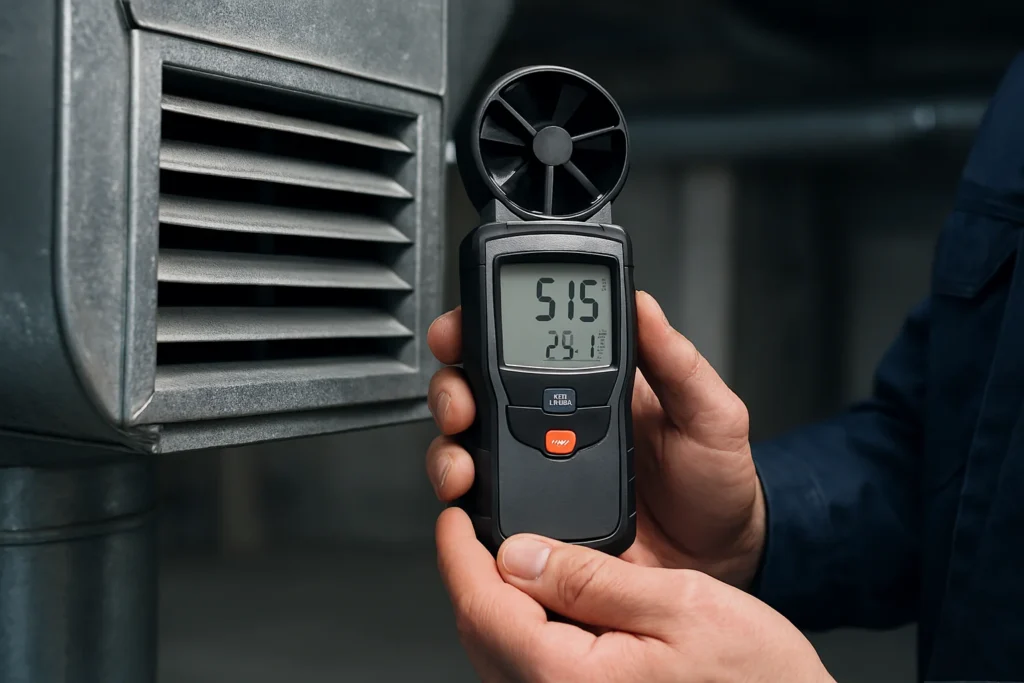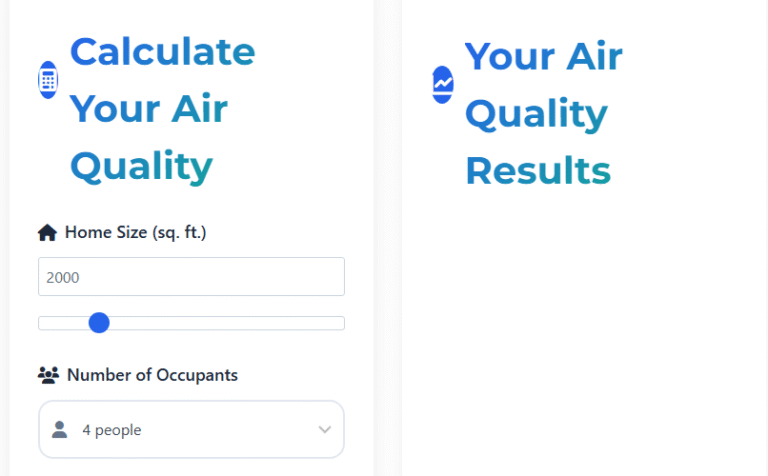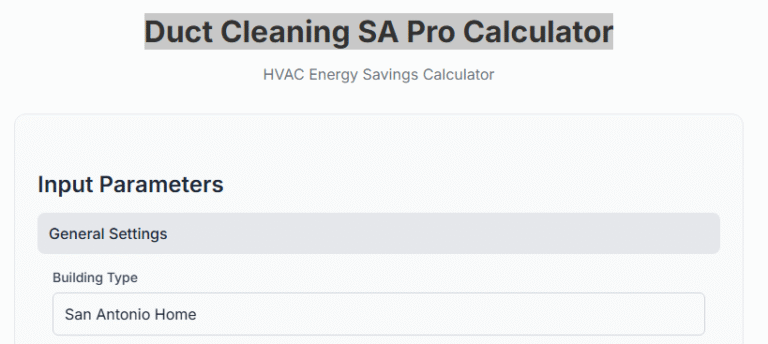If you work with HVAC systems, industrial equipment, or environmental projects, you know how important it is to measure and convert air flow rates accurately. Whether you’re an engineer, a technician, or a DIY enthusiast, knowing how to switch between air flow units can save you time, prevent mistakes, and keep your systems running smoothly.
Convert airflow units instantly with the Best Free Online Air Flow Conversion Calculator 2025. Easily switch between CFM, L/s, and m³/h in one click. For expert duct cleaning services that ensure optimal air flow, check out Duct Cleaning SA.
What Is Air Flow and Why Does Conversion Matter?
Air flow is all about measuring how much air moves through a space in a given time, usually described as volume per unit of time. Different industries and regions use different units, which can make things tricky. The main ones you’ll encounter are:
- CFM (Cubic Feet per Minute): Popular in the U.S.
- L/s (Liters per Second): Common in scientific work and metric-based countries.
- m³/h (Cubic Meters per Hour): Widely used in Europe and global engineering.
Converting between these units is key when you’re:
- Dealing with equipment specs from different countries.
- Reading technical manuals that use unfamiliar units.
- Designing ventilation systems to meet local codes.
- Troubleshooting HVAC setups with mixed components. Clean ducts are essential for efficient air flow—learn more at Duct Cleaning SA.
The Basics of Air Flow Conversion
Air Flow Conversion Factors
| From | To | Conversion Factor |
|---|---|---|
| 1 CFM | = L/s | 0.4719 |
| 1 CFM | = m³/h | 1.699 |
| 1 L/s | = CFM | 2.1189 |
| 1 L/s | = m³/h | 3.6 |
| 1 m³/h | = CFM | 0.5886 |
| 1 m³/h | = L/s | 0.2778 |
Converting air flow units is straightforward once you know the relationships between volume and time. Here are the building blocks:
- 1 cubic foot = 28.3168 liters
- 1 cubic meter = 1000 liters
- 1 hour = 3600 seconds
- 1 minute = 60 seconds
From these, you can figure out the conversion factors:
- 1 CFM = 0.4719474 L/s
- 1 CFM = 1.6990108 m³/h
- 1 L/s = 3.6 m³/h
- 1 L/s = 2.11888 CFM
- 1 m³/h = 0.2777778 L/s
- 1 m³/h = 0.5885778 CFM
Try Our Air Flow Conversion Calculator
We’ve built a simple tool to make these conversions a breeze. Plug in your numbers, and it’ll switch between CFM, L/s, and m³/h in seconds. For professional help maintaining your HVAC system, visit Duct Cleaning SA.
Air Flow Conversion Calculator
Convert between CFM (Cubic Feet per Minute), L/s (Liters per Second), and m³/h (Cubic Meters per Hour).
Note: Conversions are based on standard conversion factors and rounded to two decimals.
Where Air Flow Conversion Comes in Handy
HVAC System Design
Good ventilation is the backbone of comfortable, healthy indoor spaces. HVAC pros often need to convert units when:
- Sizing ducts and fans.
- Calculating air changes per hour (ACH).
- Meeting building codes that use different units. Ensure your ducts are clear for optimal performance with Duct Cleaning SA.
Industrial Settings
Factories and plants rely on precise air flow for:
- Cooling machinery.
- Managing dust or fumes.
- Supplying air for furnaces or boilers.
- Moving materials through pneumatic systems.
Automotive and Aerospace
Engineers in these fields use air flow conversions for:
- Engine performance calculations.
- Designing cabin ventilation.
- Building environmental control systems.
Labs and Cleanrooms
In places where air quality is critical, like pharmaceutical labs or electronics manufacturing, accurate air flow is a must for:
- Keeping spaces contamination-free.
- Maintaining strict environmental standards. Keep your ducts clean to support these systems at Duct Cleaning SA.
Things to Watch Out for When Converting Air Flow

Our calculator makes conversions quick, but here are a few real-world factors to keep in mind:
- Temperature and Pressure: Air density shifts with heat or pressure, which can affect flow rates even if the volume seems right.
- Altitude: Conversion factors assume standard conditions. At higher altitudes, you might need to tweak your numbers.
- System Losses: Friction, leaks, or other issues can reduce the air that actually reaches its destination. Regular duct cleaning can minimize losses—find out how at Duct Cleaning SA.
- Measurement Precision: The accuracy of your starting measurement matters—garbage in, garbage out.
Common Questions About Air Flow Conversion
Why are there so many units for air flow?
Different regions and industries developed their own systems over time. The U.S. sticks with CFM, while metric units like L/s and m³/h dominate elsewhere.
Do conversion factors ever change?
Nope, they’re based on fixed relationships between units. But measurement tools and techniques keep getting better.
Which unit is the most accurate?
All units work equally well if measured properly. It’s more about what your industry or region prefers.
Can I use these conversions for liquids?
The volume and time math applies, but liquids involve extra factors like viscosity and density, so you’ll need additional calculations.
Does humidity affect conversions?
Yes, humidity impacts air density, which can change mass flow rates. For precise work, factor in humidity and temperature.
Why Standardizing Air Flow Matters
Groups like ASHRAE and ISO push for consistent measurement standards, but with global trade, unit conversions are still a reality. Knowing the common conversion factors and having a reliable tool (like our calculator) can make your life a lot easier. For top-notch duct maintenance to support accurate air flow, visit Duct Cleaning SA.

Wrapping Up
Getting a handle on air flow conversion is a must for anyone working with ventilation, industrial systems, or environmental controls. With our calculator, you can switch between CFM, L/s, and m³/h in a snap. Save this guide for quick reference, and share it with colleagues who could use a hand with conversions. For professional duct cleaning to keep your systems efficient, check out Duct Cleaning SA. Whether you’re designing a new system, fixing equipment, or just curious about air flow, these skills will keep you ahead of the curve.





